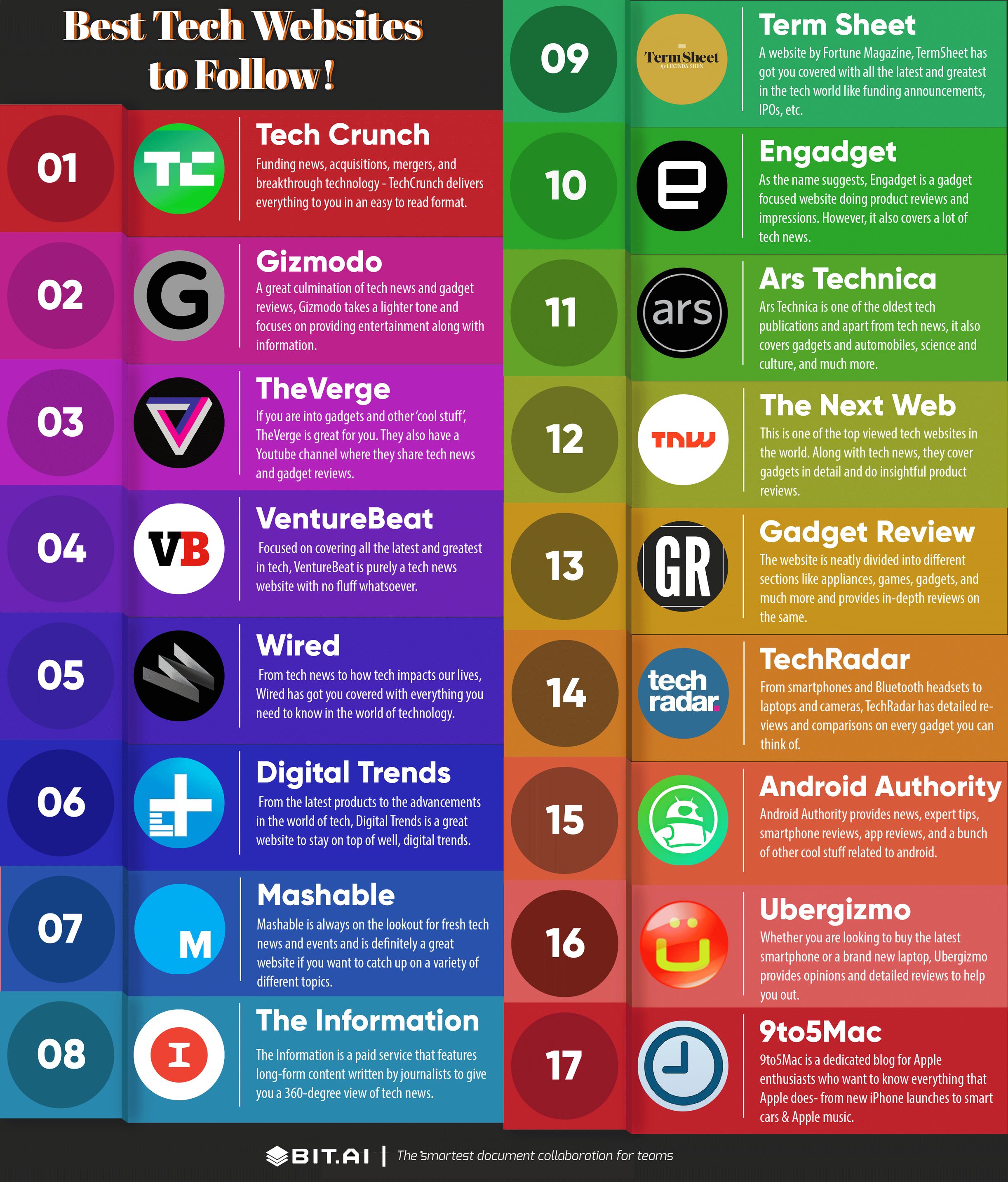Discover Thought-Provoking Articles on the Best tech blog for Tech Lovers
Discover Thought-Provoking Articles on the Best tech blog for Tech Lovers
Blog Article
Recognizing the Surge of Edge Computing in Today's Digital World
In the quickly progressing landscape of modern technology, side computer arises as a crucial force, reshaping exactly how data is processed and made use of. By transitioning data management closer to the source, side computing addresses important latency problems while optimizing bandwidth usage and enhancing safety procedures.
What Is Edge Computer
Side computing, although a fairly current development in the world of technology, basically changes exactly how information is refined and taken care of by bringing computation and data storage space closer to the location where it is required. Unlike standard cloud computer models, which commonly rely on centralized data centers that can be geographically far-off, edge computer decentralizes data handling. This distance decreases latency, improves real-time information processing, and enhances the overall user experience by ensuring quicker action times.
At its core, side computer entails a network of local tools and facilities, such as routers, gateways, and sensing units, qualified of processing information at or near the resource. This localized handling ability is specifically essential for applications needing instant information analysis, such as autonomous vehicles, industrial automation, and wise cities. Furthermore, by offloading information processing tasks from central servers, side computing decreases bandwidth demands and enhances data personal privacy and security, as sensitive info can continue to be on-site rather than traversing extensive networks.

Trick Drivers of Fostering
Several aspects are driving the fostering of side computing in today's digital landscape. Edge calculating addresses this need by allowing data processing closer to the data resource, reducing latency and boosting real-time decision-making capacities.
An additional considerable motorist is the demand for enhanced transmission capacity performance. Central cloud systems can end up being overwhelmed with the large volume of information created by IoT tools, bring about bottlenecks (Best tech blog). By processing information at the edge, companies can alleviate network blockage and improve overall system efficiency
Additionally, protection and personal privacy concerns are pushing organizations towards side computing. By refining delicate information in your area, companies can alleviate risks related to data transmission and exposure to possible cyber threats.
The surge of applications requiring real-time processing, such as independent lorries and boosted truth, likewise demands the rapid response times that edge computing provides. Jointly, these vehicle drivers are making side calculating a crucial part of modern-day IT infrastructure, paving the means for its prevalent fostering across different markets.
Advantages Over Cloud Computer
How does side computer identify itself from traditional cloud computer? Mainly, edge computer brings information processing closer to the resource of data generation, typically on close-by servers or regional devices, rather than depending on central data.
In addition, side computer improves data transfer efficiency (Best tech blog). By refining data locally, only the required information is sent to the cloud for further analysis or storage space, reducing the volume of data that traverses the network. This not only alleviates network congestion however likewise reduces information transmission costs
Edge computer likewise uses better data personal privacy and safety and security. Sensitive data can be refined locally without being sent out to the cloud, minimizing the exposure to prospective cyber risks. This is particularly useful for industries dealing with personal details, such as healthcare and economic solutions.
In addition, edge computer guarantees look at here greater strength and dependability. Local processing enables proceeded operation even when connectivity to the cloud is jeopardized, keeping necessary functions and solutions regardless of prospective network disruptions. These benefits jointly show edge computer's transformative potential in enhancing performance and safety and security in electronic ecosystems.
Difficulties and Considerations
While side computer supplies many benefits, it likewise presents special difficulties and considerations that have to be addressed to totally understand its potential. One significant challenge is information safety and security and privacy. Processing data more detailed to the resource raises the danger of unapproved access, demanding robust file encryption and strict protection procedures to secure sensitive info. Furthermore, managing and keeping track of a decentralized network of edge gadgets can be complex, needing innovative tools and approaches to guarantee seamless operation and upkeep.
An additional factor to consider is the scalability of edge computer solutions. As the variety of connected gadgets expands, so does the need for processing power at the side, which can bring about source restraints. Organizations needs to meticulously intend their framework to suit this growth without endangering efficiency or performance.
Interoperability is an additional essential element. With numerous software and hardware parts included, making sure compatibility and seamless integration can be difficult. Standardization initiatives are vital to help with interaction between diverse systems.
Future Trends in Edge Computer
Anticipating the future, edge computer is positioned to revolutionize various markets by allowing faster data processing and lowering latency. As the volume of information generated by IoT tools remains to expand, side computing will end up being increasingly crucial in managing this influx efficiently. One significant pattern is the combination of expert system at the side, enabling real-time analytics and decision-making without relying upon cloud-based sources. This shift is prepared for to boost applications in autonomous cars, wise cities, and medical care, where immediate information processing is crucial.
Another emerging fad is the growth of edge-native applications designed specifically to leverage the distinct abilities of side computer. These applications will certainly optimize efficiency and resource usage, bring about enhanced efficiency throughout different industries. Developments in 5G innovation will even more bolster side computing by supplying the necessary framework for high-speed, low-latency communication in between tools and side nodes.
Verdict
Side computer's rise is driven by the expansion of IoT devices and the requirement for real-time data handling, which enhances effectiveness by minimizing latency and decentralizing useful content information monitoring. This technique alleviates transmission capacity inefficiencies and security concerns, promoting advancements in applications like clever cities and autonomous vehicles. In spite of obstacles such as facilities intricacy and combination, the future of edge computing guarantees an extra receptive digital community, with proceeded innovations shaping its advancement and expanding its applicability throughout markets.
Side computer, although a reasonably current advancement in the world of technology, fundamentally transforms how information is refined and managed by bringing computation and information storage closer to the area where it is needed. Unlike typical cloud computing models, which frequently count on centralized data facilities that can go to the website be geographically distant, edge computer decentralizes information handling. Additionally, by offloading data handling jobs from main web servers, side computer minimizes transmission capacity demands and enhances information privacy and safety, as delicate information can continue to be on-site rather than passing through considerable networks.

Report this page